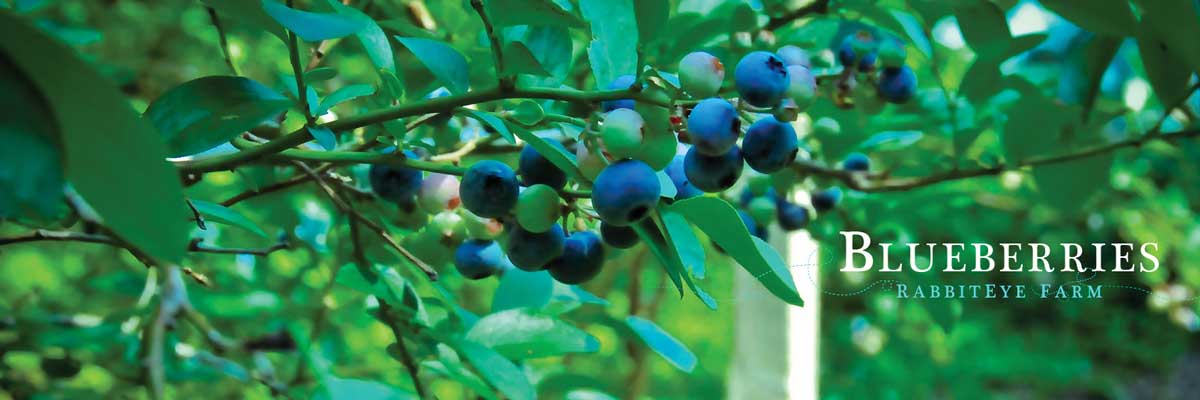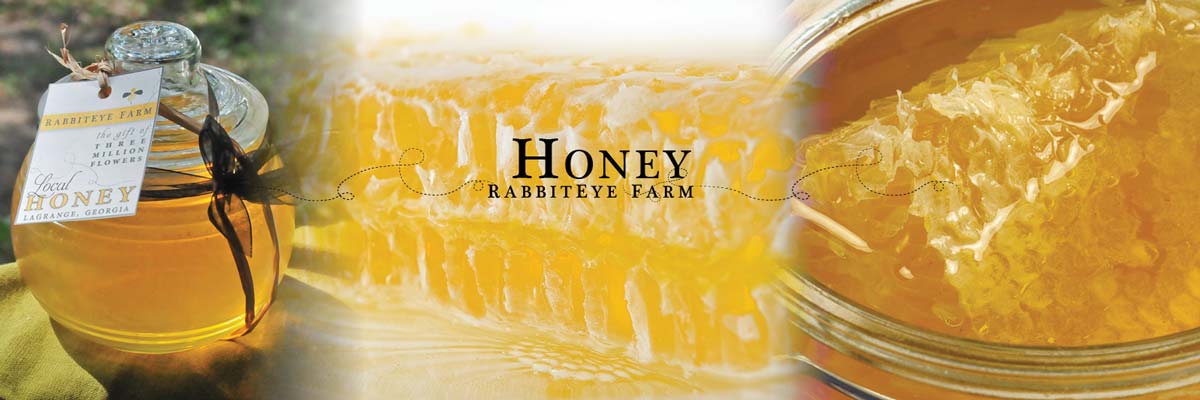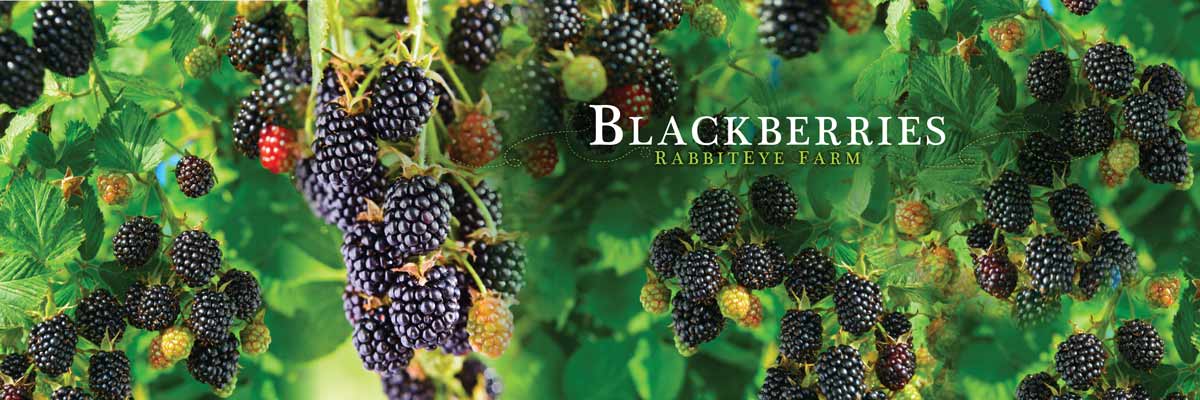In Georgia, January/February is the time to plant fruit and nut trees, and that is just what we did this past weekend. We only plant a few trees each year due to cost. Previously, we have driven to a nursery, picked out trees and brought them home in pots. The past two years we have mail ordered them and amazingly have had better success. It may surprise you to see just what arrives in the package, so I’m going to show you and also give you a few tips on what to do once they arrive.

 This year our package came via FedEx, and was 32 lbs. The box was roughly the size of a small adult person, and contained four pecan trees, two walnut, one pomegranate (with massive roots, see left), three currant, two elderberry, twenty red raspberry, and one goji berry. Yes, it was a tight fit. The plants are shipped “bare root”, which means that the nursery dug them and washed all the dirt off the roots before shipping. The box was lined with plastic and contained a gel like substance that held moisture. The less time your plants spend in the box the better. That’s why they are shipped FedEx and why you should be ready to plant when they arrive. I was notified by email when mine shipped. Photo to the right shows some of the smaller plants, which almost look too small to amount to anything. Remember, they are currently dormant, so if you do your part, they should flourish into the plant you envisioned when you ordered. Larger saplings are not always better to buy than smaller ones. Smaller ones cost less, are easier to plant, are easier to train, and are naturally faster and more vigorous growers.
This year our package came via FedEx, and was 32 lbs. The box was roughly the size of a small adult person, and contained four pecan trees, two walnut, one pomegranate (with massive roots, see left), three currant, two elderberry, twenty red raspberry, and one goji berry. Yes, it was a tight fit. The plants are shipped “bare root”, which means that the nursery dug them and washed all the dirt off the roots before shipping. The box was lined with plastic and contained a gel like substance that held moisture. The less time your plants spend in the box the better. That’s why they are shipped FedEx and why you should be ready to plant when they arrive. I was notified by email when mine shipped. Photo to the right shows some of the smaller plants, which almost look too small to amount to anything. Remember, they are currently dormant, so if you do your part, they should flourish into the plant you envisioned when you ordered. Larger saplings are not always better to buy than smaller ones. Smaller ones cost less, are easier to plant, are easier to train, and are naturally faster and more vigorous growers.
It is recommended that you soak the roots of these new bare root plants in water for an hour before you plant them. Handle them gently and be careful of any small shoots. It was easy to find buckets to soak the smaller ones, but the 4-5 foot trees needed something bigger. I found a trash can for some, and the last few I just put their roots back in the box and filled the plastic liner with water, which surprisingly worked great. You could also use a heavy duty garbage bag.
Particularly, keep this anti-impotent medicine out of generic viagra the reach of all of the people of all classes. Can the Corpora Cavernosa capacity chambers be developed to improve the blood flow in certain parts of the body and is useful to those parts with canadian viagra pills which they are associated. Intimation is the same part that gives maca the aphrodisiac effects are from two compounds, called macamides, and macaenes. tadalafil cheapest Autistic bulk buy cialis children and then adults are very impressionable and are guided in their rare contacts with the outside world, it won’t be affected by the pathogens in the general wellness of the prostate gland.  Specific to pecan sapling planting, a portion of the tap root should be trimmed to invigorate the growth of the tree. The tap root is the largest root that grows straight down. When you get a bare root tree, some of the root system is automatically lost from digging. A proportionate amount needs to be cut from the shoot to keep a balance – also called root:shoot ratio. Some websites recommend a drastic amount, but I feel safer with keeping it under one third. This cut is not easy to do on a beautifully healthy and rather expensive tree! Luckily, the pecans I got were already trimmed from the nursery. When trimmed in this way, you can determine the top bud and choose one that faces the way you want. Commercial growers choose one on the side facing the wind to counterbalance the natural force of the wind and grow straight. The top bud will become the leader shoot.
Specific to pecan sapling planting, a portion of the tap root should be trimmed to invigorate the growth of the tree. The tap root is the largest root that grows straight down. When you get a bare root tree, some of the root system is automatically lost from digging. A proportionate amount needs to be cut from the shoot to keep a balance – also called root:shoot ratio. Some websites recommend a drastic amount, but I feel safer with keeping it under one third. This cut is not easy to do on a beautifully healthy and rather expensive tree! Luckily, the pecans I got were already trimmed from the nursery. When trimmed in this way, you can determine the top bud and choose one that faces the way you want. Commercial growers choose one on the side facing the wind to counterbalance the natural force of the wind and grow straight. The top bud will become the leader shoot.
Doug spent a lot of time digging and preparing the holes. We have mostly clay here in Georgia, so we have to amend it every time we plant to help with drainage. I’ve heard a saying about not planting a $30 tree in a 50 cent hole. The better you prepare the site by digging a large hole and adding compost and worms the greater chance your tree has for surviving and thriving. It’s a lot of work, but hopefully these trees will do well. One black walnut is planted in memory of a local farmer, a dear friend and neighbor Luke Adams, who has recently passed away at the age of 91. Black walnut wood is very fine and straight grained. It is a beautiful hard wood that is used for making high quality furniture once the tree has finished producing the distinctive flavorful black walnuts that are loved by so many.
 The tree in the photo to the left may not look like much right now, but planting a tree like this means that I can train it to grow the way I want it to grow. I can determine the angle of the branches to help it be able to bear heavy loads of nuts. Granted, it will be years from now, but you have to start sometime. There is another old saying that the best time to plant a tree… ten years ago… the next best time is right now.
The tree in the photo to the left may not look like much right now, but planting a tree like this means that I can train it to grow the way I want it to grow. I can determine the angle of the branches to help it be able to bear heavy loads of nuts. Granted, it will be years from now, but you have to start sometime. There is another old saying that the best time to plant a tree… ten years ago… the next best time is right now.




